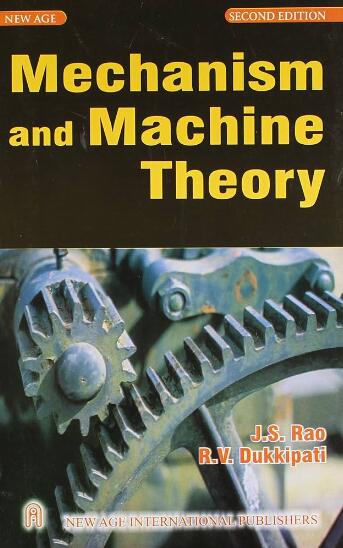通过构建复合轨迹样条为机器人机械手实时平滑位置路径
IF 4.5
1区 工程技术
Q1 ENGINEERING, MECHANICAL
引用次数: 0
摘要
为了平滑机器人工具路径中的不连续拐角,本文提出了一种名为 "复合轨迹样条"(CT-Spline)的新型样条。基于 CT-Spline,实现了机器人机械手的实时位置路径平滑。CT 样条线无需计算曲线长度即可实现分析轨迹规划和插补,大大提高了轨迹生成效率,避免了数值误差。通过直接控制结果轨迹加速度,CT-Spline 避免了将其分解为切向加速度和法向加速度,从而在充分利用加速度潜力的同时确保遵守最大加速度约束。CT-Spline 的几何形状由三个控制点和一个轨迹模型决定。本文基于两种不同的轨迹模型进一步开发了 C1 和 C3 连续 CT-Spline,并结合速度前瞻算法实现了路径拐角的实时局部平滑。此外,还引入了平滑误差自适应控制算法,以动态地最大化轨迹速度。仿真和实验验证了 CT 样条的有效性,并证明所提出的 C3 连续轨迹平滑方法在运动学约束、速度、平滑误差和实时性方面比基于勾股定理样条的方法更具优势。本文章由计算机程序翻译,如有差异,请以英文原文为准。
Real-time position path smoothing for robotic manipulators by constructing Composite Trajectory Spline
Aiming at smoothing discontinuous corners in robotic tool paths, a novel spline named “Composite Trajectory Spline”(CT-Spline) is proposed in this paper. Based on CT-Spline, the real-time position path smoothing for robotic manipulators is realized. CT-Spline enables analytical trajectory planning and interpolation without curve length computation, significantly enhancing trajectory generation efficiency and avoiding numerical errors. By directly controlling resultant trajectory acceleration, CT-Spline avoids decomposing it into tangential and normal accelerations, ensuring adherence to the maximum acceleration constraint while fully utilizing acceleration potential. The geometric shape of CT-Spline is determined by three control points and a trajectory model. This paper further develops C1 and C3 continuous CT-Splines based on two different trajectory models, combined with a velocity look-ahead algorithm to achieve real-time local smoothing of path corners. Additionally, an adaptive control algorithm of smoothing error is introduced to dynamically maximize trajectory velocity. Simulations and experiments validate the effectiveness of CT-Spline, and demonstrate that the proposed C3 continuous trajectory smoothing method has several advantages over the method based on Pythagorean-hodograph splines in terms of kinematic constraints, velocity, smoothing errors, and real-time performance.
求助全文
通过发布文献求助,成功后即可免费获取论文全文。
去求助
来源期刊

Mechanism and Machine Theory
工程技术-工程:机械
CiteScore
9.90
自引率
23.10%
发文量
450
审稿时长
20 days
期刊介绍:
Mechanism and Machine Theory provides a medium of communication between engineers and scientists engaged in research and development within the fields of knowledge embraced by IFToMM, the International Federation for the Promotion of Mechanism and Machine Science, therefore affiliated with IFToMM as its official research journal.
The main topics are:
Design Theory and Methodology;
Haptics and Human-Machine-Interfaces;
Robotics, Mechatronics and Micro-Machines;
Mechanisms, Mechanical Transmissions and Machines;
Kinematics, Dynamics, and Control of Mechanical Systems;
Applications to Bioengineering and Molecular Chemistry
 求助内容:
求助内容: 应助结果提醒方式:
应助结果提醒方式:


